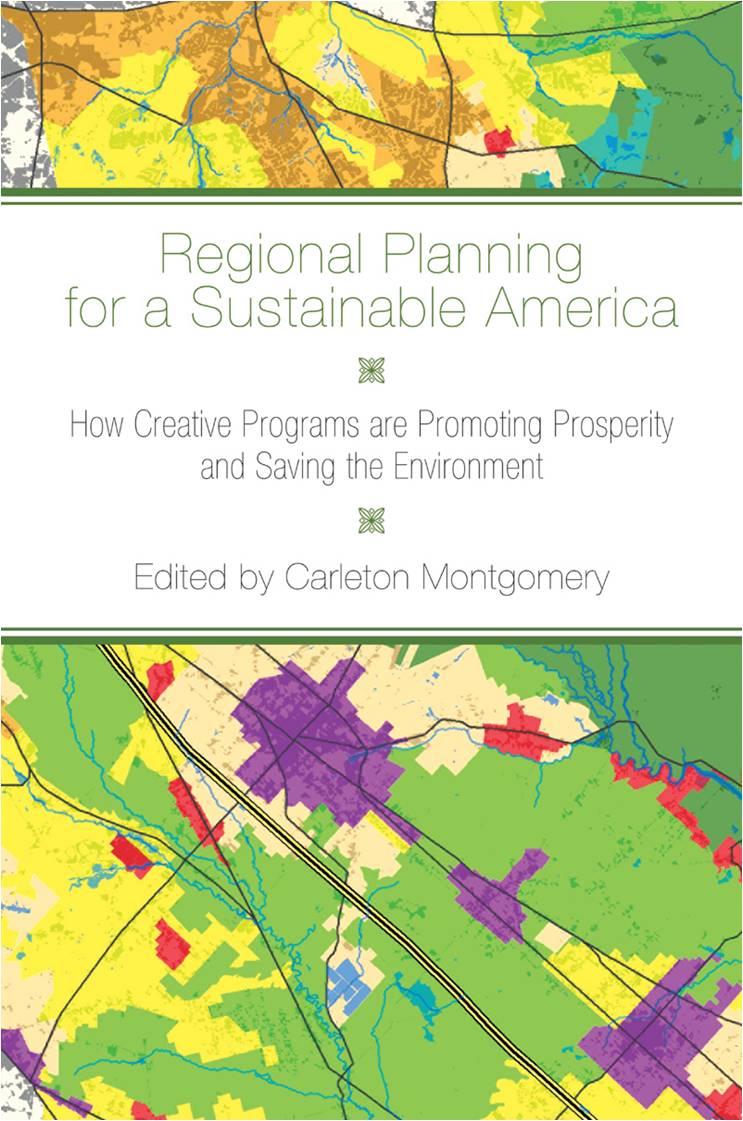New Jersey Future Blog
Somerset County Forum Highlights Economic Competitiveness Needs
June 18th, 2013 by Tim Evans
Focus on where to invest for growth, how to retrofit obsolete suburban commercial properties.
According to Reinventing the New Jersey Economy: New Metropolitan and Regional Employment Dynamics (pdf), a Rutgers Regional Report from December 2012, “Eighty percent of all the commercial office space ever built in the history of New Jersey was erected in the 1980s.” Somerset County was one of the major focal points for the subsequent arrival of northern and central New Jersey as an employment destination: From 1980 to 1999, Somerset County’s private-sector employment grew by 92 percent, compared to only 27 percent growth statewide. One out of every nine net private-sector jobs created in New Jersey between 1980 and 1999 was created in Somerset County, even though Somerset accounts for less than one of every 25 people in the state. The biggest job gains took place mainly in suburban townships dominated by automobile-dependent office complexes, such as Bridgewater.
But in the wake of the Great Recession of 2007-2009, old patterns are re-emerging. Demographic and market forces have begun pointing to a trend towards recentralization: Long commutes, traffic congestion, the cost of gas, and the preference among younger workers for urban living is bringing savvy employers back into traditional centers.
As one of the primary beneficiaries of the suburban office boom of the 1980s and 1990s, Somerset County has realized that perhaps it has more to lose than most New Jersey counties by ignoring the new reality. On Friday, June 7, the Somerset County Business Partnership hosted the Showcasing Somerset County’s Economic Competitiveness conference, dedicated to a discussion of how Somerset County can adapt to the demographic and employment trends toward recentralization.
While the latter part of the morning focused more generally on strategies for business recruitment and how the public and private sectors can work together, the keynote address and first panel addressed the more long-term issue of how to foster the kinds of mixed-use, walkable places that businesses (and, perhaps more importantly, their future employees) now seek. Keynote speaker Bob Antonicello, executive director of the Jersey City Redevelopment Agency, presented the big picture, highlighting the fact that many suburbs will need to reinvent themselves in light of changing lifestyle preferences. He noted that New Jersey has had to adapt to changing demographic and economic realities before: Somerset’s County’s obsolete office parks are really today’s answer to Jersey City’s vacant industrial buildings of the 1970s and 1980s, many of which have since been drafted into new uses.
The other panelists – Bernie Navatto, chairman of the Somerset County Planning Board, Colette Santasieri, director of strategic initiatives at the New Jersey Institute of Technology, and Debra Tantleff, vice president of development at the real estate development company Roseland – highlighted the need for a range of redevelopment approaches to suit individual locations, the importance of transit-oriented development and of market-responsive housing types as drivers of economic growth.
Also woven through the morning’s discussions were references to Somerset County’s Strategic Investment Framework, a document intended to identify both growth areas and preservation areas for the county (and reviewed by New Jersey Future in January). Acknowledging the trends toward recentralization, the plan puts higher priority for growth on the county’s traditional centers like Somerville, Raritan, Bound Brook and South Bound Brook.
The first step in adapting to a new economic reality is recognizing the problem. Somerset County has taken a strong lead in initiating a discussion of how to repurpose commercial properties that may be reaching the end of their useful life as single-use, car-dependent facilities. Other counties that enjoyed a similar efflorescence of office campuses in the 1980s and 1990s – notably Burlington, Middlesex, and Morris – can look to Somerset’s example and start envisioning a new future for their own properties.

















